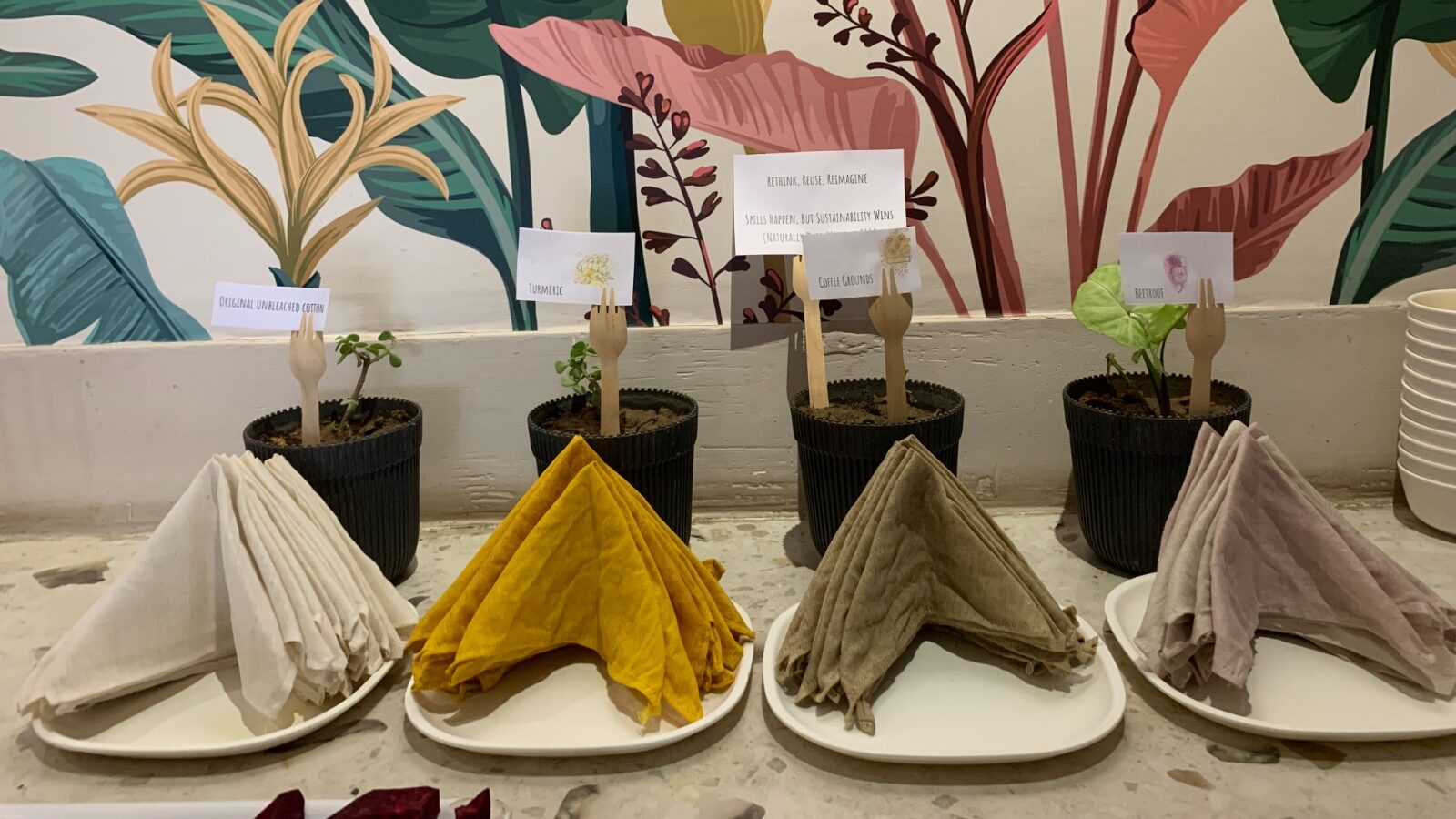
High employee attrition rate–A challenge in the subsidiary operation
by AvneetThe employee attrition rate in India’s IT industry is signficantly high. Even the off-shore subsidiary operations of foreign players are facing the crisis of retaining employees. It produces a great threat to the productivity of the off-shore operations. This happens because there is a considerable amount of both time and capital spent on training the employees of the subisidiary.
Companies usually turn to increasing the compensation for employees to retain them. This however is no longer helpful in solving the problem as the skilled work force has career opportunities which alot of them give preference to.
Employee attrition rate can be never be totally eradicated. It can only be decreased. The business model on which a subsidiary operation runs is significant is achieving this. Outsourcing more high end responsibilities that offers challenging tasks to the employees goes a long way in helping.
- About the Author
- Latest Posts
-
Email Marketing Without Fatiguing Conscious Consumers
by Charanjeev Singh
How to build trust, reduce inbox overload, and engage with intention Email marketing is a powerful tool. It lets …
Continue reading “Email Marketing Without Fatiguing Conscious Consumers”
-
How to Market Vegan Products Without Preaching (or Losing Sales)
by Tapam Jaswal
Marketing vegan products isn’t just about talking to people who already follow a vegan lifestyle. It’s also about connecting with …
Continue reading “How to Market Vegan Products Without Preaching (or Losing Sales)”
-
Vegan SEO: Optimizing Organic Visibility for Purpose-Driven Brands
by Tapam Jaswal
More people than ever are interested in vegan products and services. If you run a vegan brand, ensuring customers can …
Continue reading “Vegan SEO: Optimizing Organic Visibility for Purpose-Driven Brands”
-
Google AI Mode Explained: How It’s Reshaping Search and Content with Real Examples & Tips
by Tapam Jaswal
If you’re in SEO or content and have been watching Google’s changes, you already know: AI Mode isn’t a minor …
-
Jiva’s Organic Traffic Growth: 354% Surge in 6 Months | CueForGood
by Nida DanishSummary: Jiva’s efforts to empower smallholder farmers weren’t gaining the digital traction they deserved. With a strategic overhaul led by …
Continue reading “Jiva’s Organic Traffic Growth: 354% Surge in 6 Months | CueForGood”
-
What We Learned When We Switched From Disposable Tissues to Reusable Napkins
by Nida DanishAt CueForGood (CFG), we’ve embraced a refreshing change: reusable cloth napkins. While the switch may seem minor, it’s rooted in …
Continue reading “What We Learned When We Switched From Disposable Tissues to Reusable Napkins”





